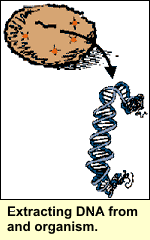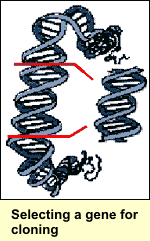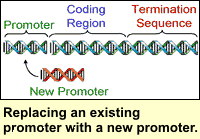Genetically Modified Crops
As of 2016, GMOs are grown, imported and/or used in more than 75 countries across the globe.
Did you know 75% of the food we eat contains GMOS?
Modified crops that are used in the market include: sugar beet, papaya, squash, eggplant, and potato
Tomatoes have been developed that resist frost and freezing temperatures with antifreeze genes from a cold-water fish, the winter flounder
Potential benefits are foods that are tastier, more nutritious and resistant to diseases and droughts.
At least 90 percent of the soy, cotton, canola, corn and sugar beets sold in the United States have been genetically engineered.
Background Information


Genetically modified organisms (GMOs) can be defined as organisms like plants in which the genetic material has been altered in a way that does not occur naturally by mating and/or natural recombination. The technology is often called “modern biotechnology” or “gene technology”, sometimes also “recombinant DNA technology”.
It allows selected individual genes to be transferred from one organism into another, also between non-related species. Genetically modified crops have a specific use in agriculture because they are vital to human development and growth by promoting a healthier life style.
P r o d u c t i o n
Genetic modification involves the mutation, insertion, or deletion of genes. Inserted genes usually come from a different species in a form of horizontal gene-transfer. In nature this can occur when exogenous DNA penetrates the cell membrane for any reason GMOs are used in biological and medical research, production of pharmaceutical drugs,experimental medicine like gene therapy and vaccines against the Ebola virus, and agriculture in golden rice and resistance to herbicides with developing uses in conservation.The term "genetically modified organism" does not always imply, but can include, targeted insertions of genes from one species into another
The first step in genetically modifying any organism is DNA extraction to take the gene of interest through a series of steps. The next task is gene cloning which is done in order to separate the single gene of interest from the rest of the genes extracted and make thousands of copies of it. Then the scientists design the gene to work once inside a different organism. This is done in a test tube by cutting the gene apart with enzymes and replacing gene regions that have been separated. Finally, the gene must be inserted into some of the cells inside the nucleus of the organisms using different techniques. Techniques include gene gun, agrobacterium, microfibers, and electroporation.
S t e p s





U s e s

GM foods are developed – and marketed – because there is some perceived advantage either to the producer or consumer of these foods. This is meant to translate into a product with a lower price, greater benefit (in terms of durability or nutritional value) or both. Initially GM seed developers wanted their products to be accepted by producers and have concentrated on innovations that bring direct benefit to farmers (and the food industry generally).
Plants based on GM organisms is to improve crop protection. The GM crops currently on the market are mainly aimed at an increased level of crop protection through the introduction of resistance against plant diseases caused by insects or viruses or through increased tolerance towards herbicides.
B e n e f i t s
The use of genetically modified organisms has decreased the use of dangerous pesticide spray by 37% because genetically modified insect-resistant crops produce their own pesticide called Bt proteins that are much safer and do not need to be sprayed that often.


GMO's also boost no-tilling farming. Tilling is used as a weed management system that removes nutrients from the soil, causes more erosion and runoff, and harms earthworms, ants and other organisms. However, GMO farming completely isolates itself from tilling, promoting environmental growth.